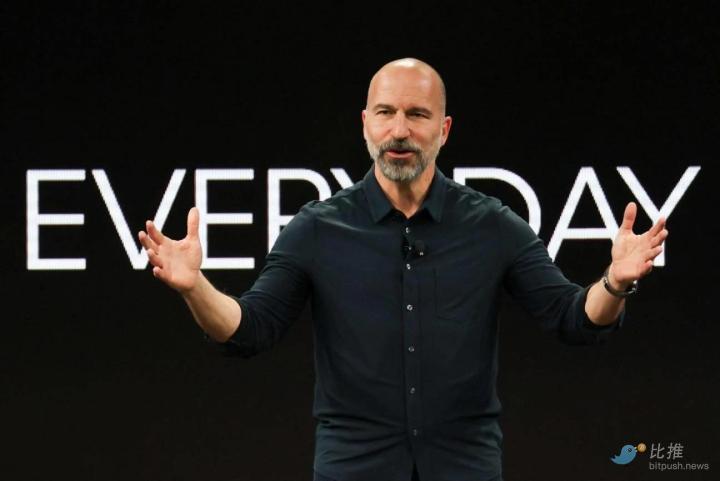In the current market dominated by two major stablecoins, the startup Agora has secured $50 million in funding led by Paradigm with participation from Dragonfly, aiming to expand internationally with its white-labeled stablecoin AUSD. Founder Nick van Eck emphasizes: "We are not trying to create another USDC, but to enable every enterprise to issue and own its own stablecoin."
Table of Contents
ToggleParadigm Leads Agora's $50 Million Funding, with Dragonfly Participating
Stablecoin startup Agora announced the completion of a $50 million Series A funding round, led by crypto venture capital giant Paradigm, with Dragonfly Capital also participating. This funding will be used to expand its core product, the "White-Labeled Stablecoin Platform AUSD," and accelerate global partner deployment.
Founded in April last year, Agora previously received $12 million in seed funding led by Dragonfly. The team boasts impressive backgrounds. Founder Nick van Eck is the son of VanEck asset management company's CEO, while partners Drake Evans and Joe McGrady previously served as lending and engineering heads at the Frax stablecoin protocol and as COO at crypto venture capital firm Galaxy Digital, respectively.
What is a White-Labeled Stablecoin? AUSD Enables Enterprises to Customize Their Own Stablecoin
Unlike USDC or USDT, which are issued under a single brand, Agora adopts a "White-Labeled Issuance Model", allowing enterprises or platforms to build their own branded stablecoins based on the AUSD framework. This design not only enhances liquidity integration capabilities but also enables customization of compliance and settlement methods according to different market needs, jointly creating a new type of stablecoin platform centered on shared infrastructure and revenue.
Currently, Agora has collaborated with networks such as Ethereum, Solana, and Sui to help their ecosystem projects issue personalized stablecoins, with plans to expand into non-crypto domains, including fintech, payment platforms, and even large institutions. Nick states:
The innovation in this model lies in its revenue-sharing mechanism. We believe stablecoins should be like public infrastructure, allowing everyone to benefit from shared liquidity and interoperability.
Awaiting U.S. Regulatory Clarity: Agora Prioritizes International Market Opportunities
Nick points out that although many U.S. enterprises are discussing stablecoins, Agora will initially focus on the international market, especially emerging countries with high exchange rate volatility or cross-border payment needs:
I've discovered that many financial institutions outside the U.S. are far more proactively interested in stablecoins and may even act faster than some U.S. companies.
However, he also emphasizes that they have not abandoned the U.S. market. With regulatory frameworks like the GENIUS Act gradually becoming clearer, the company has begun applying for Money Transmission Licenses (MTL) to pave the way for entering the U.S. market. Once the regulatory framework becomes clear, Agora will be able to quickly launch local issuance and services.
Intense Stablecoin Market Competition, Agora Enters through Institutions and Fintech Platforms
The current top two stablecoins, Circle's USDC and Tether's USDT, have market capitalizations of $62.5 billion and $160 billion respectively, with competition intensifying. Platforms like Trump-backed USD1 and payment giant PayPal's PYUSD have already entered the market.
Currently, Agora has a total market capitalization of around $158 million, ranking 32nd in the stablecoin sector, with a significant gap but rapidly catching up.

Earlier this year, Agora completed its first AUSD over-the-counter transaction with asset management company Galaxy, moving from concept to practical application and laying the groundwork for AUSD's use in institutional-level transactions.
As stablecoins become the new infrastructure of crypto finance, Agora offers an open solution that allows enterprise participation, potentially establishing a significant market in traditional institutions and financial startups.
Risk Warning
Cryptocurrency investments carry high risks, and prices may fluctuate dramatically. You may lose all of your principal. Please carefully assess the risks.








